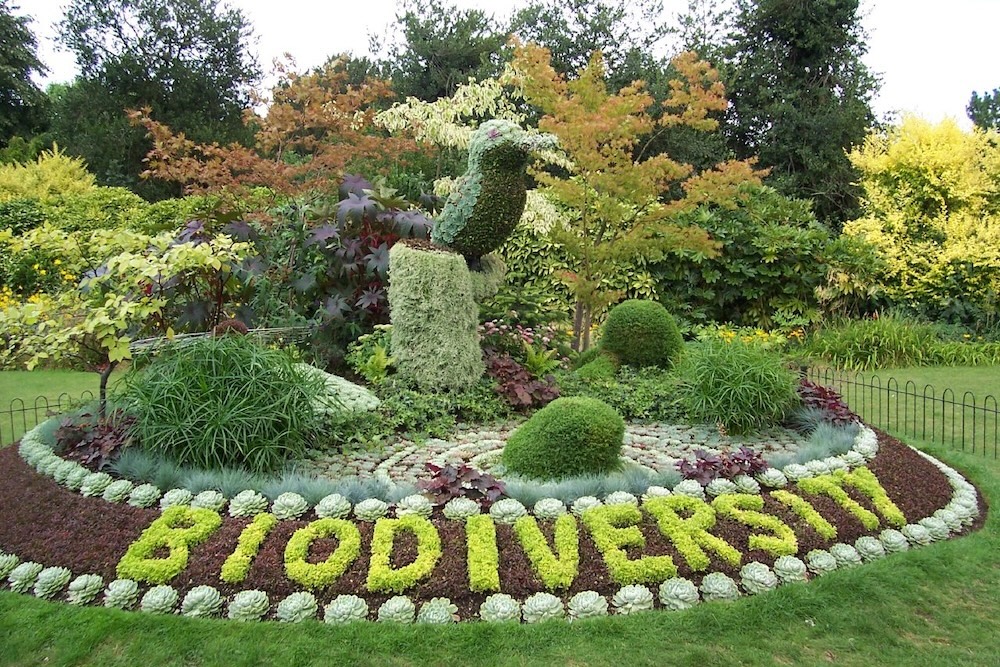Welcome to the world of polyculture, an approach to gardening that embraces diversity and mimics natural ecosystems.
Discover the Beauty of Designing with Ground Covers
Ever wondered how you could transform your garden into a stunning, low-maintenance haven? The answer might be more straightforward than you think – using Aussie native ground covers.
Ground covers, a diverse group of plants, are an amazing addition to just about any landscape design. This article will guide you through understanding ground covers, choosing the right ones for your garden, and maintaining them effectively.

Understanding Ground Covers
Definition of Ground Covers
Ground covers are plants that grow over an area of ground. They’re low-growing and form a dense mat that covers the earth. These plants come in various shapes and sizes, which we’ll discuss later when we talk about choosing the right ground cover.
Benefits of Using Ground Covers
Using ground covers your garden design extends beyond their aesthetic appeal. For starters, they’re useful soil erosion prevention (read my article about the best soil erosion prevention plants here).
They achieve this by shielding the soil from the effects of rain and wind and holding it together with their roots. They also help suppress weeds by blocking sunlight that would otherwise enable the growth of unwanted plants.
Designing Your Garden with Ground Covers
Evaluating Your Garden Conditions
Before selecting your ground covers, you first need to assess your garden conditions. Consider your soil type—is it sandy, loamy, or clay-dominant? What’s the pH? What types of plants like those conditions?
Then, consider your climate and the amount of sunlight different parts of your garden receive. What’s your local climate like? What level of maintenance are you willing to commit to?
These factors influence the type of ground covers that will thrive in your garden.
Selecting the Right Ground Covers
Once you’ve evaluated your garden conditions, you can begin selecting your ground covers. Consider factors such as growth speed, maintenance needs, and plant health. Different ground covers have different habits. Some are creepers with long, trailing vines, others are strappy plants or low-growing shrubs, while others have mounding habits.
Are you looking for flowering plants? Would you prefer Australian natives? What sort of insects, birds, reptiles, and/or amphibians are you hoping to attract? Your choice should align with your garden conditions and personal aesthetic preferences.

Incorporating Ground Covers into Your Garden Design
Integrating ground covers into your existing garden design can significantly enhance its appeal. Placement strategies could include using them as borders along paths or driveways, around trees and shrubs, or as a carpet under a canopy of larger plants. Pairing ground covers with other plants can also create stunning contrasts and textures.
Maintaining Your Ground Covers
Basic Care and Maintenance
Caring for your ground covers involves regular watering, fertilising, and occasional pruning. While most ground covers are low-maintenance, they do need some care to stay healthy and attractive.
Troubleshooting Common Problems
Despite your best efforts, you might encounter problems like pests, diseases, or slow growth. Don’t be discouraged; most of these issues can be resolved with the right information and resources.

Daniel’s Wrap
Ground covers offer a practical and beautiful solution for garden design. Whether you’re an experienced home gardener or a professional landscape expert, experimenting with different ground covers can yield stunning results.
So why not start exploring the diverse world of ground covers and transform your garden into a breathtaking landscape?




This Post Has 0 Comments